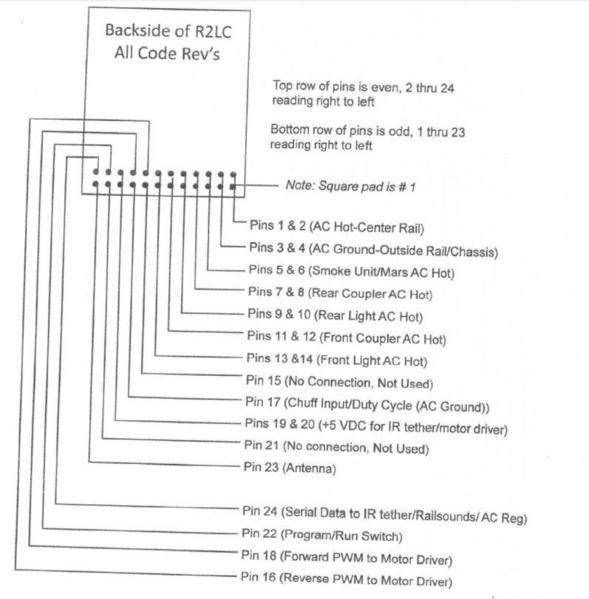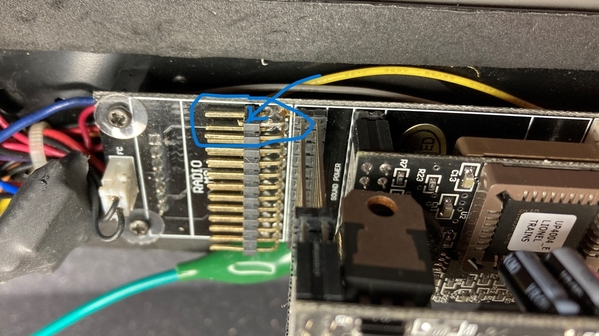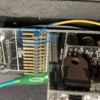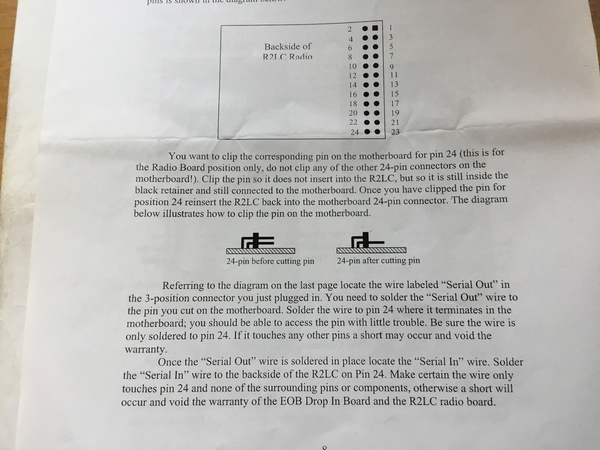My first ERR installation is about to begin and, for good or bad, I am replacing a TAS EOB board. My question relates to the connections I need to make and to be sure I am not missing anything on this transition.
Pin outs for the two boards are below for reference. Per the CCM instructions it appears I need to do the following:
1. CCM Power and motor- J3: No issue, these appear to match.
2. CCM Motor drive J1 and EOB 4 position connector: The ERR instructions note that in some installations, it is possible to move the former command unit to the CCM. It looks like I have this situation since the four-pin connector seems to match the CCM as shown by the blue arrow below on the left.
3. The 3 pin sensor connector at top of EOB- ignore, no longer needed.
4. Middle 3 pin connector on EOB: connect "Serial In" to Pin 1 on J4 of the CCM. Do I need the serial out or chuff input connections for anything?
Other than this- looks like that is it for connections. Any land mines I am missing?

For reference, ERR and TAS EOB board pin connections.





















